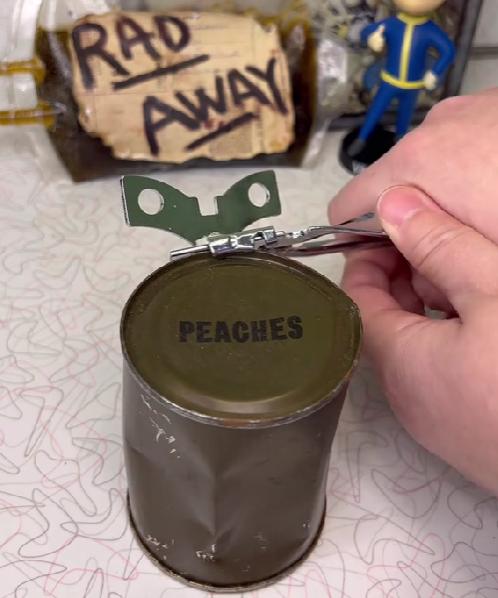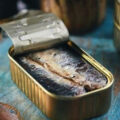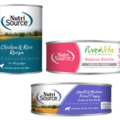A can of peaches in syrup, rusty and covered in dust, becomes the protagonist of a disturbing video on TikTok. When opened, it doesn’t reveal the orange color or characteristic shine of the fruit, but rather a thick, black liquid, accompanied by dark and deformed fragments. This preserve, more than 70 years old, has been cataloged as a “relic”, and its appearance on the @Mrs.Fallout profile has already exceeded 78 million views.
What began as a nostalgic curiosity has led to a viral trend that mixes fascination, morbid curiosity, and potential dangers. On platforms like TikTok, YouTube, and Instagram, content creators and anonymous users open sealed cans and bottles from decades ago: sodas from the 60s, military preserves from the 40s, or supermarket products forgotten in some basement.
The appeal lies in the mystery and the spectacle. These objects, which are acquired for between 20 and 40 euros on portals like eBay or Wallapop, are valued both by collectors and by those seeking a viral reaction by discovering their contents in a state of decomposition. The audiovisual pieces usually include close-ups, disturbing music, and anonymous hands that manipulate gelatinous and alarmingly-looking remains.
However, experts in microbiology and public health have raised the alarm. Even if the content is not consumed, opening these containers implies a real risk of exposure to bacteria such as Clostridium botulinum, responsible for botulism, a serious disease that can be fatal.
Despite the warnings, the phenomenon does not lose strength. Images of green and dense soups, unrecognizable fruits floating in opaque liquids, or sodas converted into dark masses continue to capture the attention of millions of users. A visual mix of nostalgia, repulsion, and horror that, in the logic of social networks, translates into guaranteed success.














